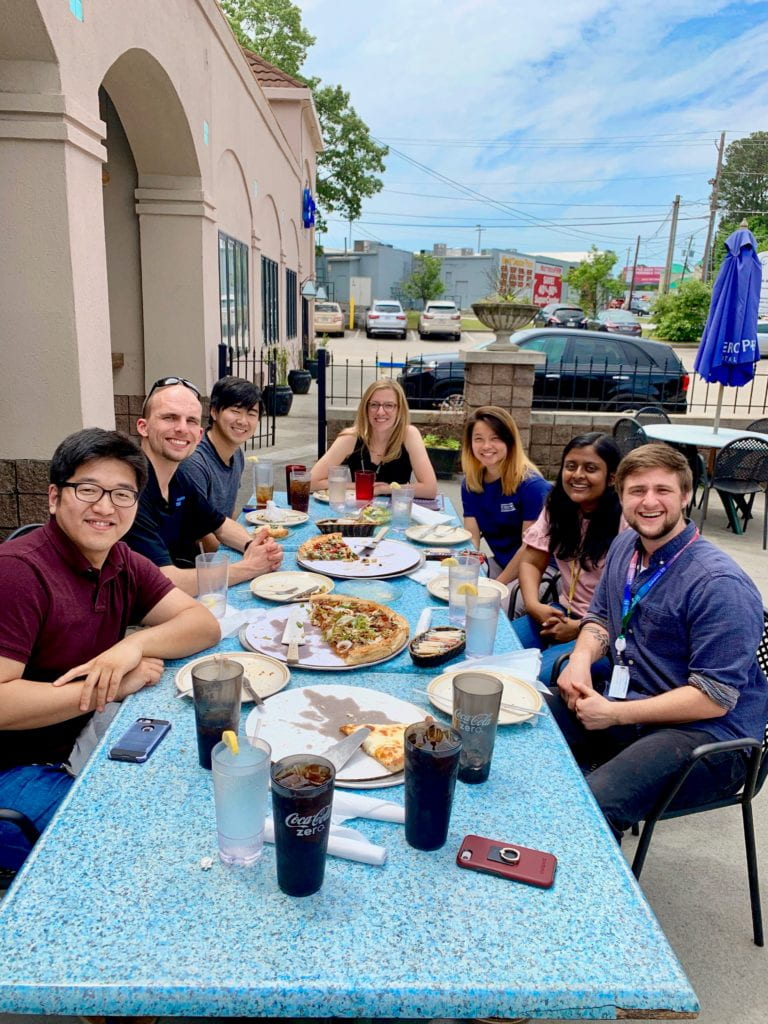This week our lab’s latest work came out in Neurophotonics – check it out! http://doi.org/10.1117/1.NPh.6.3.035006 Lead author Paul Lee demonstrates for the first time how Diffuse Correlation Spectroscopy can be used to measure resting state brain blood flow in children with sickle cell disease. We envision this technology may be useful in identifying children at high risk of ischemic brain injury.
Postdoctoral Research Associate Position in Biomedical Optics
The Buckley Lab in the Wallace H. Coulter Department of Biomedical Engineering at Georgia Institute of Technology and Emory University is seeking a highly motivated postdoctoral fellow. This opening is available ASAP for a candidate with a strong background in signal processing, machine learning, and/or diffuse optics.
Responsibilities: This postdoctoral research associate will contribute to projects that aim to enhance depth sensitivity of diffuse correlation spectroscopy for the study of brain blood flow. The candidate is expected to be creative, self-motivated, and capable of working in a collaborative environment.
Qualifications: The successful candidate must have a Ph.D. in one of the following disciplines: biomedical engineering, computer science, physics, electrical engineering, or a related field. The candidate must demonstrate an academic record of scientific excellence, independent research, and good writing and communication skills. Strong computational and experimental skills are essential; experience in diffuse optical spectroscopies preferred.
Interested candidates should submit a cover letter and CV including the names of 2 references by email to Dr. Erin Buckley (erin.buckley@emory.edu) with “Postdoc Application” in the subject. Official details of the position can be found at https://faculty-emory.icims.com/jobs/39288/job.
Lab Updates
We’d like to welcome three new undergraduate students into our lab. Melina Maleknia (left) is a rising 2nd year Biomedical Engineering major at Georgia Tech. Chris Gadomski (center) is a rising 1st year at Emory University. Christy Daniel (right) is a rising 2nd year Neuroscience major at Georgia Tech.

We also had a farewell lunch for Amanda Liew and Peter Lee.
Peter was our oldest member in the lab and is starting his internship at Ford in Dearborn, Michigan. Amanda has been in our lab for 2 years as a research specialist/lab manager and will be leaving to continue pursuing her public health degree.
We will miss you both and wish you the best!
